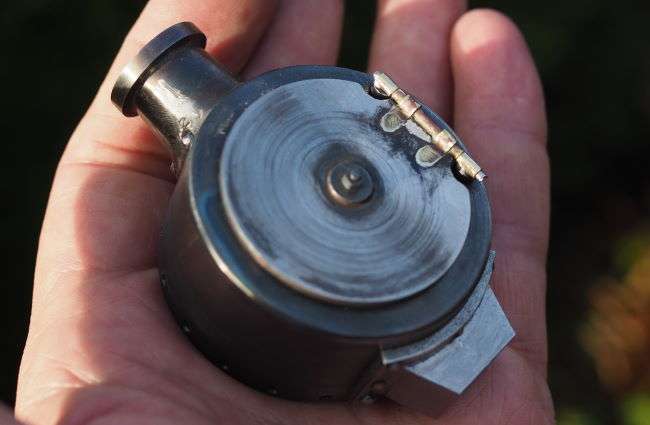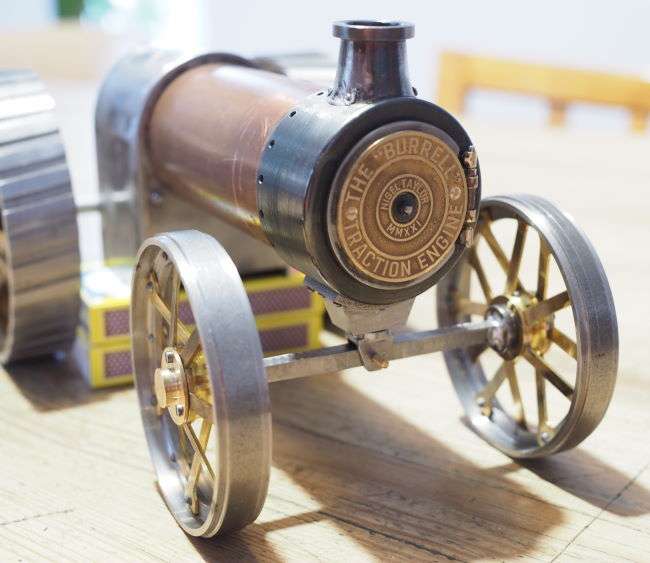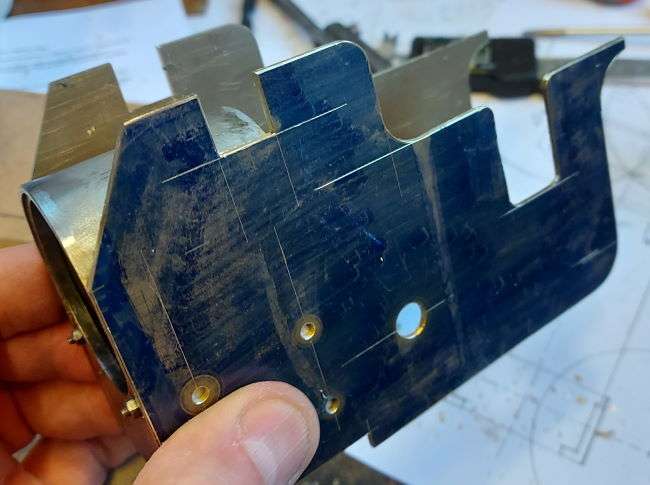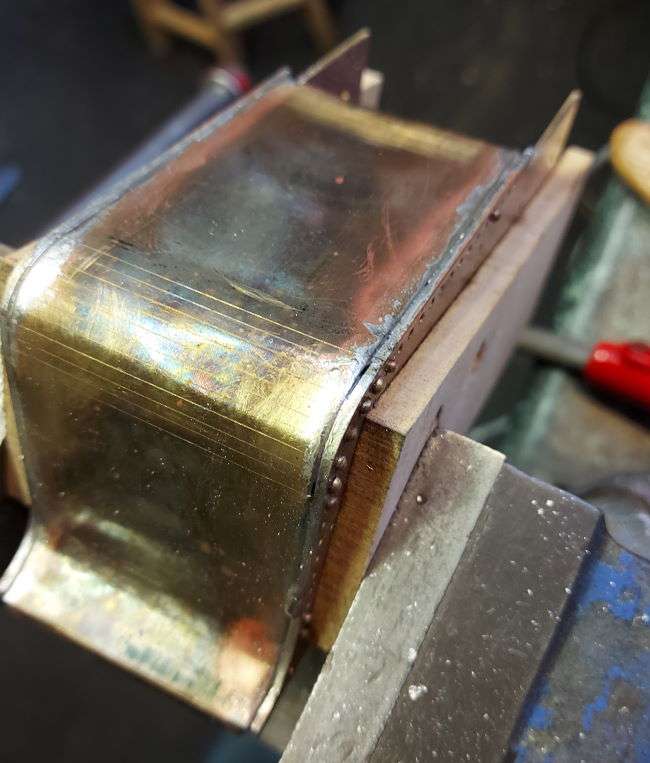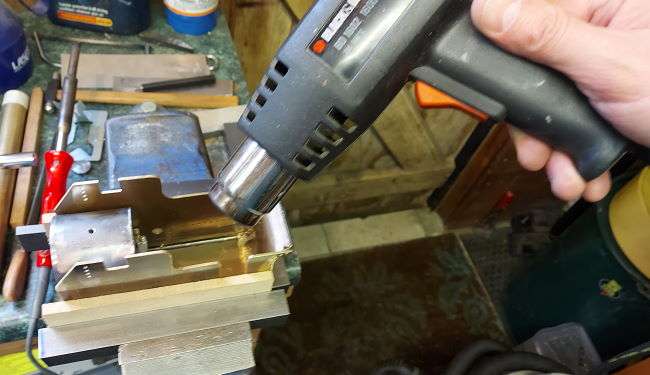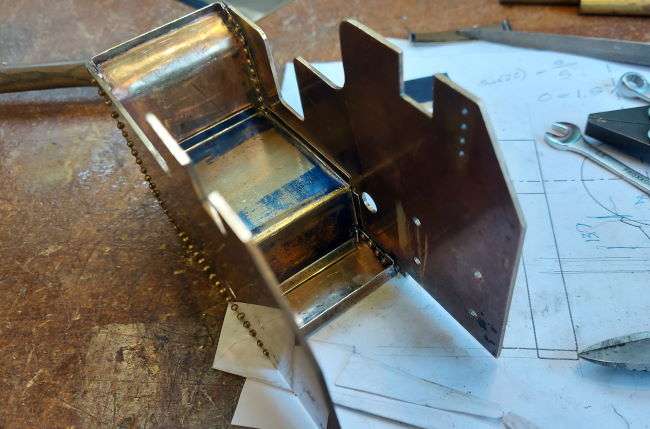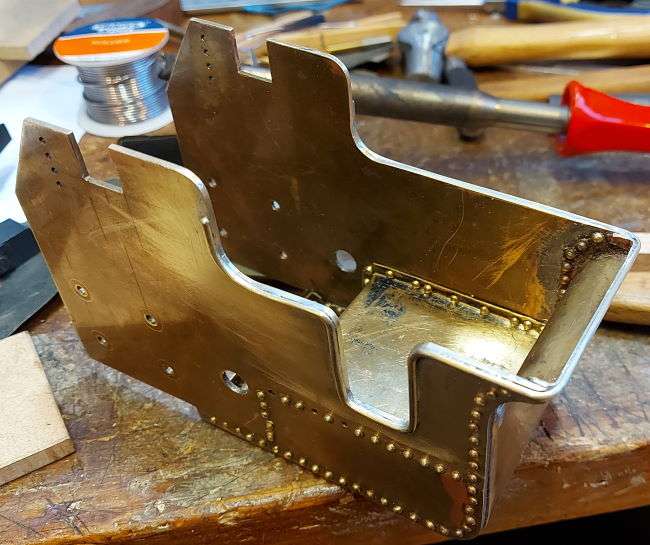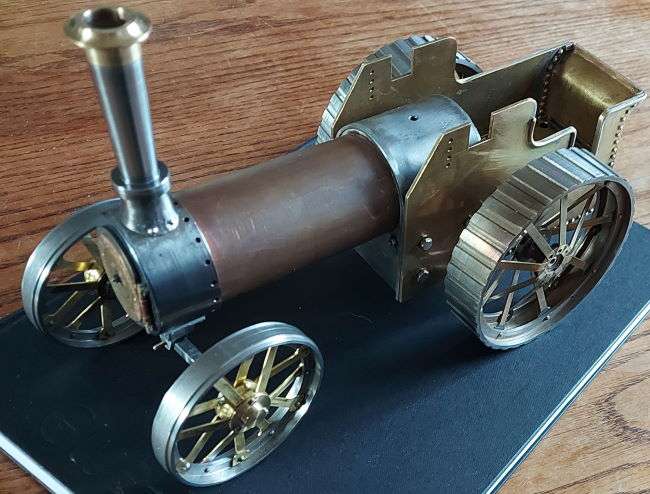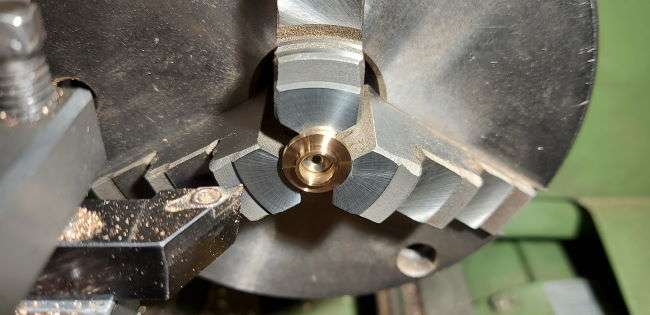Ferric chloride is a widely used and thoroughly understood industrial process. Very little needs to be re-invented.
We used a ferric chloride spray etching system to produce deep- and through-etched clock parts in brass and tool steel. Working on a small industrial scale we used Kodak KPR dip-coated resist and litho negatives of original artwork. Thorough degreasing and oxidation removal are key. Warming the solution accelerates the process. If we weren't spraying with PVC and titanium built equipment we would have added aeration.
For limited production the references cited are very good, particularly VON Industrial and nontoxicprint.com.
We used a ferric chloride spray etching system to produce deep- and through-etched clock parts in brass and tool steel. Working on a small industrial scale we used Kodak KPR dip-coated resist and litho negatives of original artwork. Thorough degreasing and oxidation removal are key. Warming the solution accelerates the process. If we weren't spraying with PVC and titanium built equipment we would have added aeration.
For limited production the references cited are very good, particularly VON Industrial and nontoxicprint.com.







